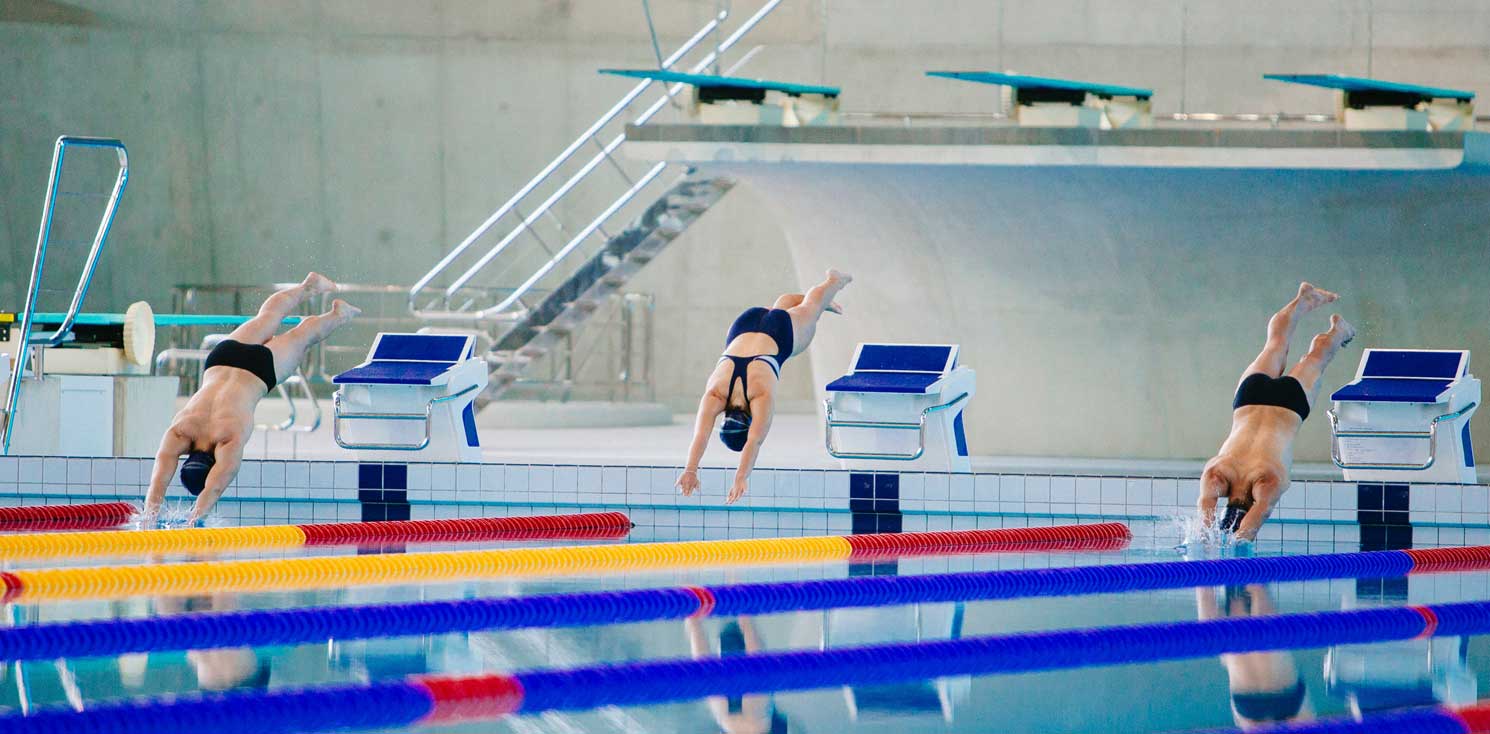So you think you’ve got a big pool, huh? Olympic sized swimming pools are as big as they come in professional swimming and, unless you are a millionaire with a lake in your back garden, they are likely to be the biggest pools you will set foot in.
Olympic Sized Swimming Pools: How Are They Different?
Compared with regular pools or even one you get at fancy holiday resorts, they are much bigger and more satisfying to churn out your lengths in. Oh, and did you know that, before the first-ever Olympic sized swimming pool opened in 1908, swimming competitions at the Olympics used to take place in the open sea? How tides have changed, eh?
Terrible puns aside, In this article, we aim to answer some of the most asked questions about Olympic swimming pools - there’s a good chance you never knew some of the answers…
Does My Gym Have An Olympic Swimming Pool?
Without knowing what gym you go to, this is impossible to answer for certain. However, we are confident almost all gyms do not have a full-size Olympic pool at their disposal. This is down to several reasons - not least the sheer amount of space required but also planning permissions and running costs to complete and maintain such a goliath project.

In the U.K., only dedicated aquatic centres or leisure complexes are likely to have a full-size pool that would meet Olympic standards. And up until 2018, no universities in the country even had an Olympic standard pool!
Official Regulations On Olympic Swimming Pools
When we say ‘Olympic standard’ pool, what do we mean exactly? Well, below are some of the critical statistics that qualify a pool worthy of this category:
50m in length
25m in width
2m minimum depth (3M recommended)
10 lanes at 2.5m each
Water temperature of 25-28 degrees
Holds around 500,000 gallons of water!
Olympic pools in the modern era consist of buffer lanes on either side of the 8 lanes in the middle. These help to absorb waves generated by the swimmers during competition, allowing for less resistance as they carve through the water.
Are Children Allowed In Olympic Swimming Pools?
Since Olympic pools are consistently 2 metres in depth and are designed for adults to dive into and race through, they are not recommended for children.
However, competent swimming teenagers, under supervision from lifeguards or other adults at a leisure centre, would be totally fine using one for their practice.
Why Swimming In Olympic Sized Pools Is Better
Depending on your personal goals (because we all have different ones after all), using an Olympic pool has a lot of benefits. It will teach a swimmer how to pace themselves over a long course length, test their endurance more, and increase their lung capacities.
It will also help to sharpen stroke techniques better since there is less time spent turning around at each end, and the fact that there are dedicated lanes means that interference will not impact a swimmer’s focus.
We hope you have learned something new in this post about Olympic sized swimming pools.

